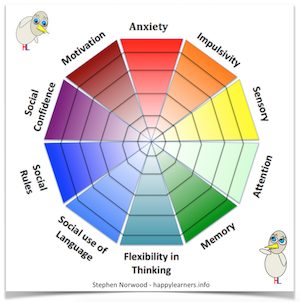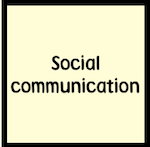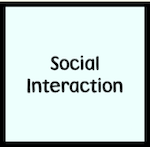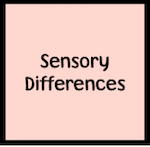Introduction
A diagnosis of autistic spectrum disorder (ASD) means that the child's learning and language development is significantly different from that of similarly aged children. It is a condition predominantly impacting on the child's ability to understand, and communicate with others and to learn social behaviours. Research into the causes of ASD are ongoing but it is now widely recognised as a condition that occurs as a result of inherited genetic predispositions which may be activated by a number of environmental risk factors.
The term disorder is considered negative by some individuals. They prefer the use of the word condition instead. Thus, Autistic Spectrum Condition or ASC. This website continues to use disorder because this is how it is defined by the World Health Organisation
Identifying autistic spectrum disorder
Autism can be diagnosed from 2 years old (or even before) where a child is failing to develop any oral communication and severely limited engagement with others. However, it can often be several years later before traits and behaviours become clearly distinguishible and differentiate the child from normal development. The average age for diagnosis of Asperger's Syndrome (High functioning ASD without early language difficulties) was 8 years old. Changes in the way autism is diagnosed have led to Asperger's Syndrome no longer being differentiated from classical autism; and both are classed under the umbrella term of autism spectrum disorder.
Is autism increasing?
Autism has gone from a condition affecting 1 in 2500 in the 1970's to less than 1 in 100.
The most widely accepted explanation for the increase is to do with changes in the way that autism is diagnosed. Firstly, the diagnostic criteria have been widened to include conditions that were previously separate conditions such as Asperger's Syndrome. Secondly, there is much wider recognition of autistic traits and greater identification of these traits in the wider population. This has led to the spectrum nature of autism that diagnoses individuals with milder traits when compared to the original Classical Autism diagnosis. Finally, improvements in the availability of services that provide diagnosis has enabled greater numbers of individuals to receive a diagnosis. However, there is also some evidence that changes in diagnostic criteria and availability do not fully account for the increase seen in recent decades. There are also environmental factors that may also partly account for the increase. This includes changes in society that may be affecting incidence rate. One example would be a gradual shift to later parenthood.











